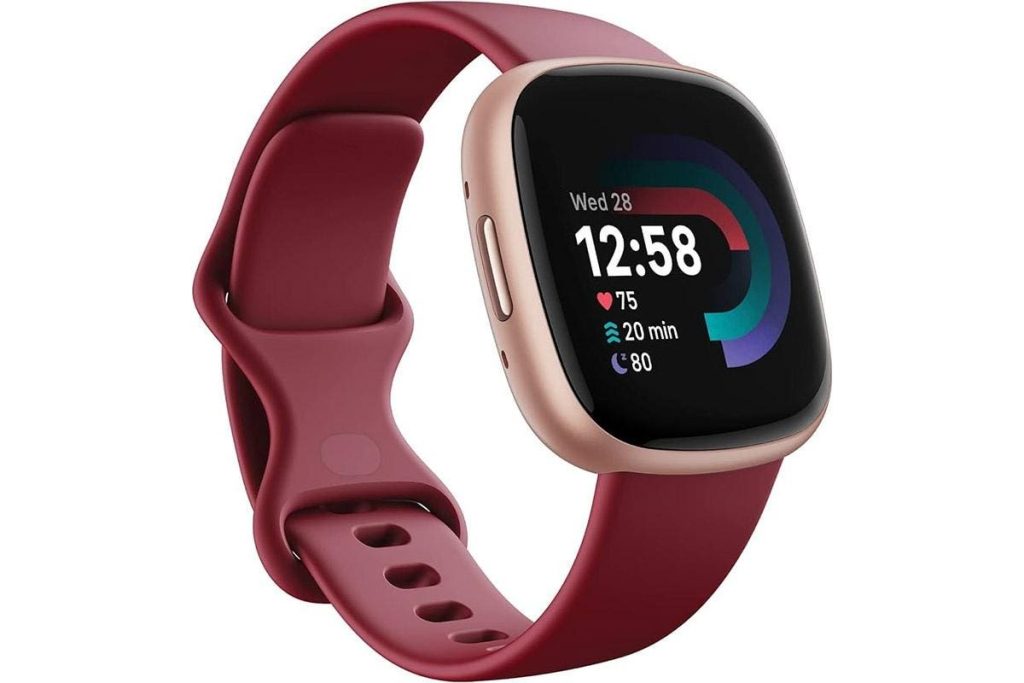Google has stopped selling Fitbit products in a large handful of countries, as spotted by Android Authority.
Poland, Portugal and Thailand are among the countries in which you will no longer be able to officially buy Fitbit products. Here’s the full list:
- Croatia
- Czech Republic
- Estonia
- Hong Kong
- Hungary
- Korea
- Latvia
- Lithuania
- Luxembourg
- Malaysia
- Mexico
- The Philippines
- Poland
- Portugal
- Romania
- Slovakia
- South Africa (reported by TechCentral)
- Thailand
Why? This is reportedly part of Google’s efforts to bring Fitbit in line with where the Pixel range is sold, according to TechCentral.
In a wider sense this is also part of the ongoing dilution of Fitbit as a brand. It was the leading light in the popularization of fitness trackers well over a decade ago, but core parts of its identity have been stripped back since the company was acquired by Google in 2021, in a process that began in 2019.
Fitbit used to have a fairly vibrant, if small, indie developer community. Nowadays Fitbit devices don’t support third-party apps at all.
The Versa and Sense lines used to have Spotify support, but extensions beyond the fitness tracker basics are now limited to those of Google services. You can receive Google Maps directions from a connected phone, and control music played through YouTube Music with some Fitbits. But even these are ultimately fairly basic integrations.
Google is also merging Fitbit’s user accounts with those of Google Fit. Setup a new Fitbit today and you’ll be prompted to login using a Google Fit account, and to transfer any existing data on your Fitbit profile.
Fitbit is being subsumed into Google, just as many might have guessed would happen when such a fitness giant was acquired.
However, how little of interest has been done with the brand since the buy-out is the disappointment. We’ve seen Fitbit Sense 2 and Versa 4 updates that barely move the needle. And a Fitbit Charge 6 that does not even remedy a serious issue in which the band’s GPS is liable to lose signal if the strap is done up too tight.
The more characterful of Fitbit’s software touches have been stripped out too, such as challenges that mapped step counts onto famous hiking trails or landmarks.
What remains is a slick, if sterile, user experience that revolves around a subscription service, Fitbit Premium, that can’t quite stack up to Apple Fitness+ on the tech front.
Fitbit also ends up undermined by the presence of the Pixel Watch. It already occupies the role of the wearable complement to the Pixel phones.
It begs the question: what are Fitbit watches for? While there’s plenty of room in the market for lower-end Fitbit trackers like the Inspire 3, the future for lines like Sense seems more precarious than ever.
After Fitbit was acquired, CEO James Park hinted the company was working on a Fitbit with Wear OS, Google’s smartwatch software, although Google has since said those statements were misinterpreted.
For know we’ll simply have to wait to see if Fitbit finds a way to gather steam once more.
Read the full article here










